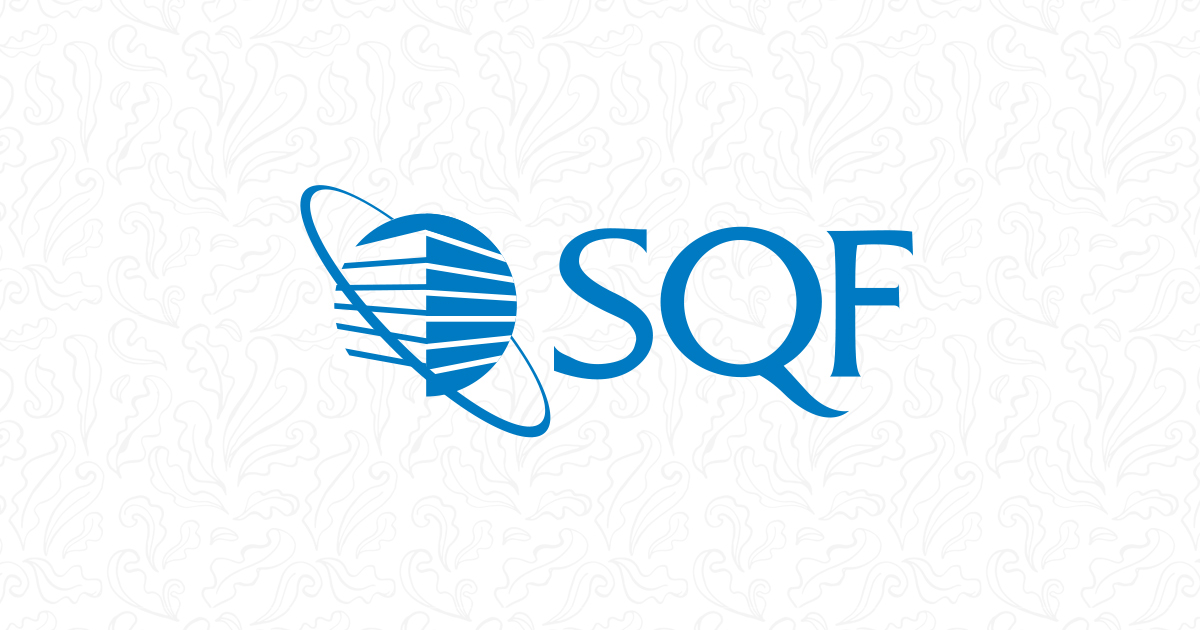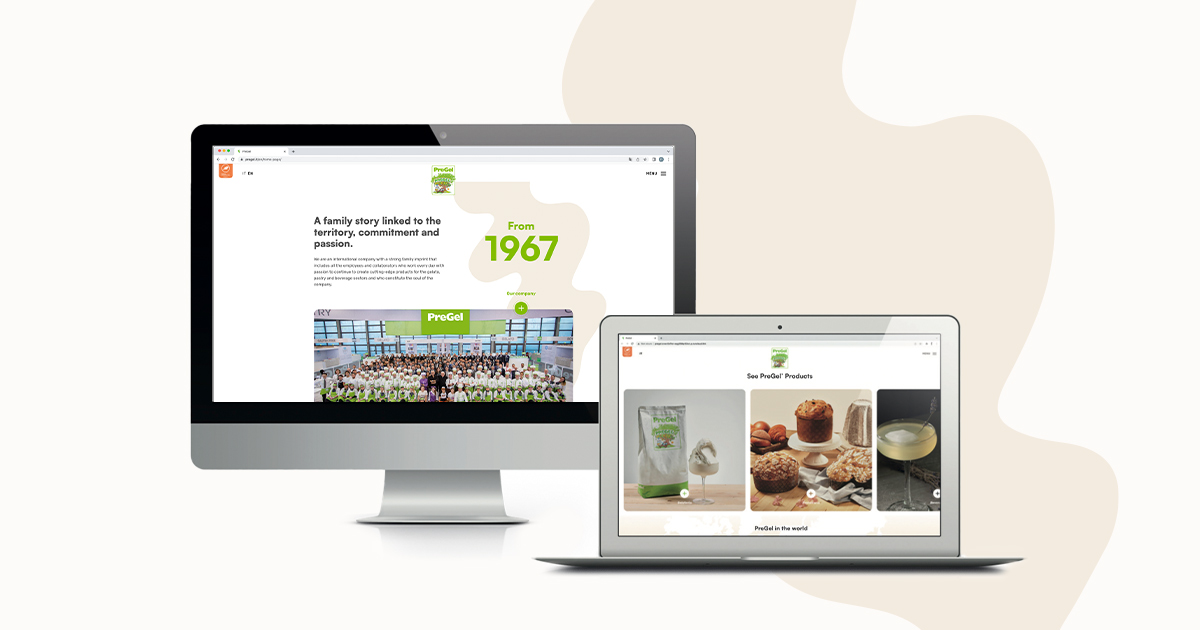WHY TWEET, LIKE OR CONNECT?

The big three social media platforms and reasons to be on them
With the explosion of social media lately, it’s easy to tune out what seems to be an ever-changing assortment of websites that promise new and better ways to stay connected. While there are plenty of promising new social sites, there’s a lot to be said for the tried and true ones which are considered the “big three.” Twitter, Facebook and LinkedIn are well-known and well-trusted sites with the technology and infrastructure to support communication on a large scale.
It just goes to show how quickly technology moves this day in age; these websites are touted as well-established even though they’re all still a few years shy of celebrating their 10 year anniversaries. In the business world, these tools can be your best friend if you know what to use them for and how to harness their power. Here’s a quick breakdown of what each site is, what it is not and how it can help you.
Twitter
This is the original micro-blog, meaning that it allows user to express their thoughts, ideas and feelings to the world wide web in 140 characters or less. Users “follow” each other to assemble a constant stream of “tweets” that are bite-sized and easy to digest – it’s like the popcorn of the social media world and it can be just as addicting. Adults and adolescents often use Twitter for very different purposes, but it’s clear that all age groups generally use it to find news that is important to them. Although there aren’t any good statistics as of yet on whether Twitter is primarily used for “business” or “pleasure” (if it can really be distilled down that far), it seems to be a healthy mix of both.
Relative to businesses, Twitter can be an excellent way to keep your name in front of customers and potential customers. For companies that make product or switch flavors regularly (like gelato shops, froyo shops or bakeries), Twitter is a quick and easy way to post daily favorites. After a while, your customers will come to expect these updates and may even check your Twitter feed before coming to your shop which brings up another good use for tweets – posting discounts or special deals. This is not to say that you must have deals on Twitter all time to attract customers, in fact that can do more harm than good, but a solid mix of social media content involves posts about everything from marketing, promotions, community interaction and useful information.
What Twitter should not be is a non-stop billboard for your company with only hard-sell advertising. If your Twitter feed consists of nothing but “Come in and try our …” or “Stop by for a …” then you’re really not providing a value for your followers. If they are already following you, chances are they know what you sell so beating them over the head with the same message will likely result in being ignored. The sign of a successful Twitter feed is one that fosters interaction, is timely and includes more than just what can be found on your website. For the advanced Twitter user there are even more tools to be part of the larger Twitterverse such as hashtags(#), retweets(RT) and mentions(@). For additional information on these useful items, check out Twitter’s help center glossary.
Facebook
This is a very personal social media site where users’ identities are fully represented on their profile and people primarily interact with those to whom they have some “real world” connection. Users can “friend” people and “like” things that are important to them; both people and things are represented by pages which are similar to a regular website page, just in Facebook format. The main tool of interaction on Facebook is each page’s “wall” which populates the “newsfeed” of its friends, somewhat similar to a Twitter feed. Facebook is not as anonymous as Twitter and therefore people tend to regard their reputation, likes and comments more deliberately.
Two important tools for businesses to utilize on Facebook are the ability to post pictures/videos and the ability ask a question. Although pictures and videos can be posted to Twitter, they are in the form of a link and don’t actually display in the feed (for brevity’s sake). Facebook is more of a visual experience so browsing pictures is a big part of how friends spend their time on the site. This gives businesses the opportunity to post their own pictures and videos or even link to other images and news items that their customers might find interesting. And when a friend (or someone who “likes” your business page) is interested in what you’ve posted, they can quickly and easily give you feedback by clicking the “like” button or leaving a comment. Another important tool is asking a question and Facebook has a very easy little application where any user can make a poll that is customized with their own prompt and responses. You can see real-time when people respond and who they are, which makes it perfect for interacting with your customers to ask questions about things like seasonal flavors, special events and general opinions.
What Facebook should not be is too much of a mix of business and pleasure. A business page should be about the business, not the individual running the business. Now, each business page must be managed by a person (obviously), but that person (or those people) speaking on behalf of the business should be professional. In the instance of high profile employees, such as executive chefs, they can interact on a personal level on their own pages while still associating with the business that employs them, but the platforms should not completely overlap. For more valuable tools, check out Facebook’s help center or get additional applications from www.involver.com.
LinkedIn
This is a business-focused social media tool where users have a profile, similar to a resume, and connect with “contacts” to form “networks.” Users can join groups, participate in message boards, browse jobs and send/receive professional recommendations. As with Twitter and Facebook, LinkedIn also has an “update” component where users’ activity is broadcasted and news can be shared. For the busy professional, LinkedIn has the added service of sending daily or weekly digest emails directly to each user as desired. Because LinkedIn is so business-focused, the interactions tend to be primarily professional in nature and formal in tone.
As they say, it’s not always what you know, but who you know, and that concept of networking is what has made LinkedIn what it is today. Contacts are arranged by degrees of connection, so someone you know and have mutually agreed to be connected to is a 1st degree, whereas their connections are 2nd degree to you. This allows users to see who knows who and there’s even a tool to ask one of your contacts to introduce you to one of their contacts (like in the real world). Users share information about their professional lives such as current employer, past experience, education and skills and can search for other users to connect to based on these criterion. Recruiting is a big goal of many businesses who have a presence on LinkedIn as it allows a company to not only post a job, but also recruit qualified candidates directly. Groups can be another way to find job candidates and interact with peers in your industry, plus it never hurts to ask a question or start a topic on a message board and see what your fellow group members have to say.
What LinkedIn should not be is just a resume hosting website. Simply being on LinkedIn with a profile may get a few people to take notice and make a connection with you, but in order to fully realize the potential, you have to interact. Each time you make a new connection, see who else that person knows that you might know. If you think you know someone and would like to connect, send them a personal message with the connection request to give yourself some credibility. Update your profile page with current projects you’re working on, or if that’s too proprietary, simply post a piece of relevant information or news every so often. LinkedIn is not quite as fast-paced as Twitter or Facebook, but it still requires regular activity to thrive. For more interesting features, educate yourself at the LinkedIn learning center.
Overall, the biggest reason to get involved in these social media sites is because your customers are on them. Think back to the 1990’s when people were just starting to get internet access and businesses were beginning to make websites for themselves. It may have seemed frivolous at that time to invest in making a website since many customers still looked in the phone book to find what they needed, but times changed FAST. Don’t make your online presence today be the equivalent of the phone book, embrace these new platforms and see how they can work for you!




